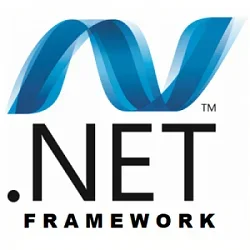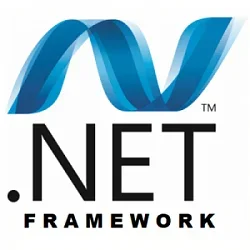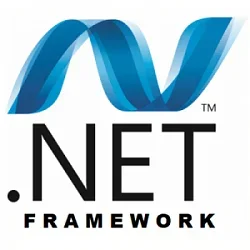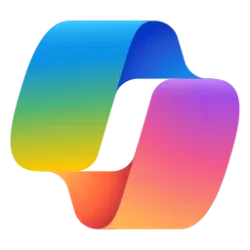Microsoft .NET Framework 4.8.1 for Windows 10 version 21H2, Windows 10 version 22H2, Windows 11 version 21H2, Windows Server 2022 (Desktop, Azure Editions), Azure Stack 21H2 and Azure Stack 22H2 (KB5011048)
Note: NET Framework 4.8.1 installers have been refreshed to include the latest servicing updates as of June 13th, 2023. Apart from the servicing fixes, there is no change in the .NET Framework 4.8.1 product that was released originally on August 9th, 2022. If you have already installed .NET Framework 4.8.1, you do not need to install this update.
Microsoft .NET Framework 4.8.1 is a highly compatible and in-place update to .NET Framework 4.8. It includes native support for the Arm64 architecture (Windows 11+), accessibility improvements as well as other improvements. For a complete list of improvements see: .NET Framework 4.8.1 release notes.
Microsoft .NET Framework 4.8.1 is available on Windows Update and Microsoft Update Catalog. It will be offered as a recommended update on Windows Update on applicable configurations.
Note: A recommended update may be installed automatically on supported configurations, based on your device settings.
You can also download and install the Microsoft .NET Framework 4.8.1 through the offline installer and web installer. For more download information, see: Download .NET Framework 4.8.1 | Free official downloads (microsoft.com)
When you install this package, it is listed as Update for Microsoft Windows (KB 5011048) under the Installed Updates item in Control Panel.
More information
The Microsoft .NET Framework 4.8.1 (KB5011048) does not contain non-English resources or language packs. The Microsoft .NET Framework 4.8.1 Language Packs (KB5027937) will also be available on Windows Update and Microsoft Update Catalog for customers using non-English localized versions of Windows or those that have one or more Multilingual User Interface (MUI) pack installed. If you do not install a language pack, the text is displayed in English.
For more information about .NET Framework 4.8.1 and .NET Framework Developer Center, see .NET Framework 4.8.1.
Known issues in this update
Microsoft is not currently aware of any issues in this update.
How to get this update
Install this update
Release Channel Available Next Step Windows Update and Microsoft Update Yes For applicable versions of Windows, go to Settings > Windows Update > Check for Updates. Windows Update for Business No None. For more information about Windows Update for Business go to the Windows Update for Business website. Microsoft Update Catalog Yes To get the standalone package for this update, go to the Microsoft Update Catalog website. Windows Server Update Services (WSUS) No You can import this update into WSUS manually. See the Microsoft Update Catalog for instructions.
Note: For additional information about how to obtain .NET Framework 4.8.1, refer to: Download .NET Framework 4.8.1 | Free official downloads (microsoft.com) and Upcoming availability of .NET Framework 4.8.1 on Windows Update and Catalog - .NET Blog (microsoft.com).
Restart requirement
You must restart the computer after you apply this update if any affected files are being used. We recommend that you exit all .NET Framework-based applications before you apply this update.
Supported versions of Windows
- Windows 10, version 21H2
- Windows 10, version 22H2
- Windows 11, version 21H2
- Windows Server 2022 (Desktop, Azure Editions)
- Azure Stack, version 21H2
- Azure Stack, version 22H2
Source:
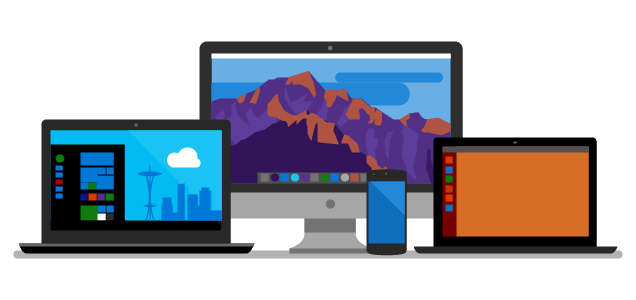
.NET Framework 4.8.1 is available on Windows Update and Catalog - .NET Blog
Note: This post was updated on 6/27/2023 to account for this day’s release on Windows Update and Microsoft Update Catalog. Today, the .NET Framework 4.8.1 is available on Windows Update and Microsoft Update Catalog for supported versions of Windows. With today’s release,
Last edited:

